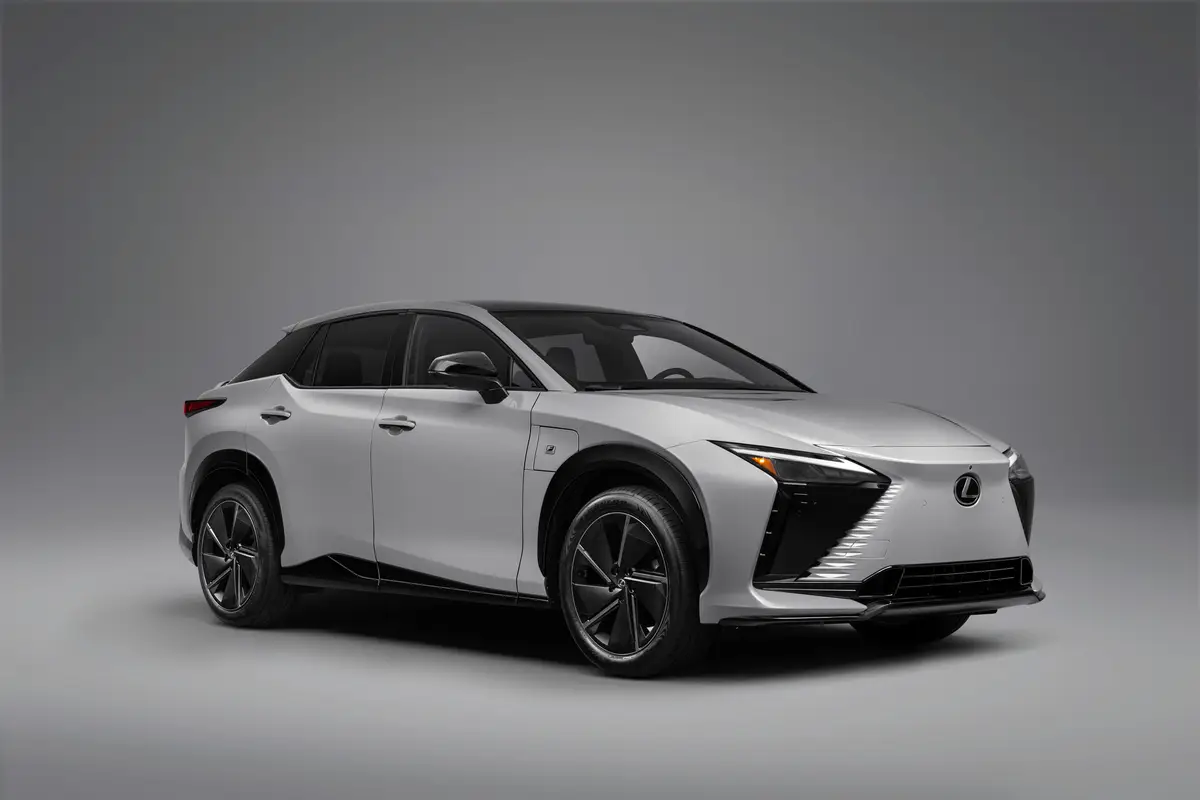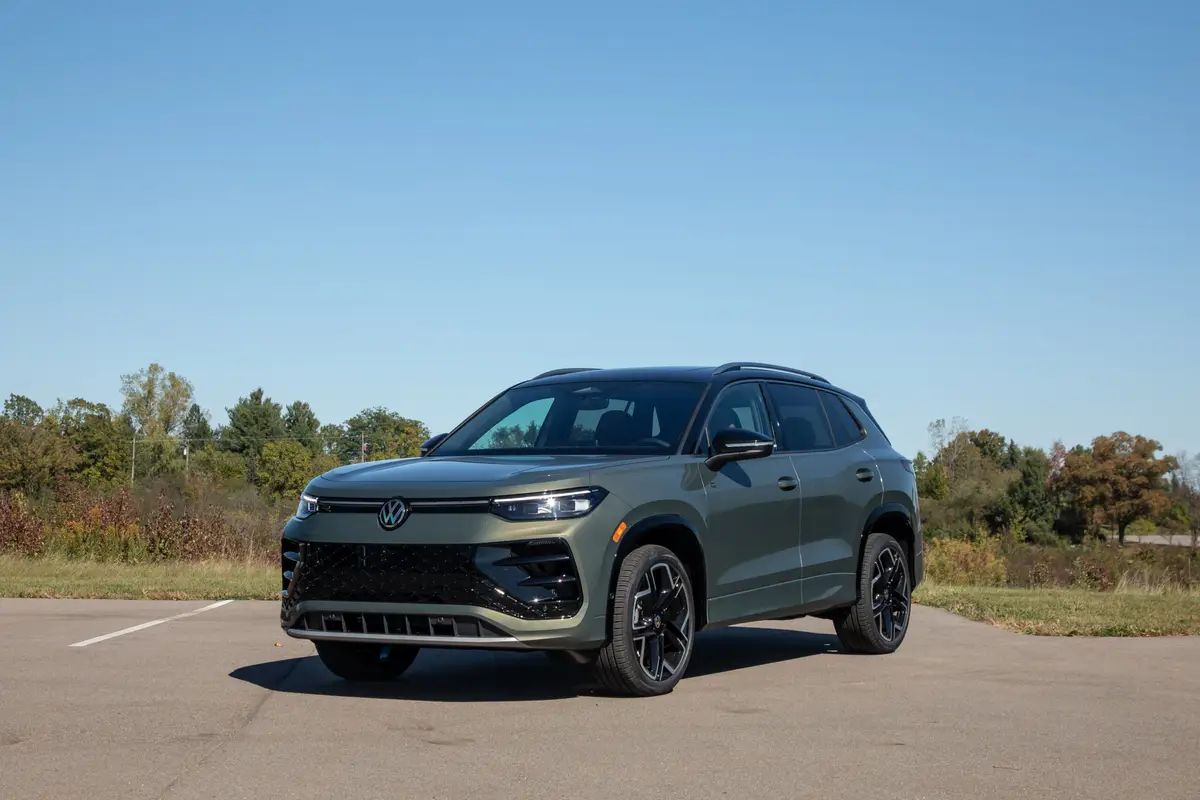The Morning Call and Mcall.com's view
It was like a scene out of “American Graffiti.” At the end of a long, busy week, I headed for home in my test vehicle, a 2001 Chrysler PT Cruiser. Driving down Linden Street in Allentown, a late model Eagle Premier loaded with teens pulled alongside. Two young women leaned out the window. “We like your car, mister,” shouted one. “Do you need a date tonight?” asked the other. “No,” I chuckled. “How much is the car?” She asked. “Slightly more than $20,000,” I said. “Are you sure you don’t need a date tonight?” she replied. The good will this buggy inspired never stopped. Strangers approached constantly with comments like, “I wanted to steal it, but you weren’t inside the post office long enough.” So just what is a PT Cruiser? Well, the federal government classifies it as a truck, but it’s not made of truck parts. Rather, it’s cobbled together from the Chrysler parts bin, using components from the Neon and other vehicles.
Susie Marques, who works in downtown Bethlehem, was more succinct. “It looks like a hearse,” she opined.Chip Merkel of Ballietsville waxed nostalgic. “I go back to when cars looked like this.”
“I wouldn’t buy it, though,” he added, “because I’m a Ford person.”
Others were more charitable. Ron Andrulevich of Slatington wanted two for his garage, one gold and one green. “But it should have front-opening doors,” he said.
Maybe, because the PT Cruiser is reminiscent of the vehicles of the late ’30s, specifically the 1937 Ford. Other admirers think hot rods are the car’s inspiration. Some say panel trucks. Most are surprised by how small it is and, compared to its inspiration, that’s true. It’s six inches shorter than a Neon and a bit more than five inches shorter than a Ford Focus sedan. But it’s definitely a neat follow-up to the Plymouth Prowler.
Unlike the Prowler, this four-wheeled piece of nostalgia is eminently practical and affordable. It earns a thumbs-up everywhere it goes, rather than the digit one often sees while driving.
The PT Cruiser is a four-door hatchback that has all the practicality of a minivan or sport utility vehicle wrapped in a styling job that is 60 years out of date.
But it looked just right at a Macungie Memorial Park Cruise Night. I pulled onto the show field next to vintage sheet metal and was surrounded instantly by curiosity seekers. That an owner can take a PT Cruiser to an old car show when it’s brand-new says something. That there were two other PT Cruisers on the field speaks volumes about the vehicle’s future in collectors’ eyes.
So what’s the experience like behind the wheel? Fairly ordinary.
It’s front-wheel-drive with a 2.4-liter four-cylinder that originally saw duty in the Chrysler Cirrus, Dodge Stratus and Plymouth Breeze. With 150 horsepower moving 3,100 pounds, get-up-and-go is merely adequate, not overwhelming.
Typical of four-cylinders, there’s some racket when it really gets pushed. But it gets the job done well enough and certainly motivates this car to a mile a minute faster than its forebears of 60 years ago.
Power is fed through a five-speed manual or four-speed automatic. Choose the former and you get a chrome shifter topped by a hot-rod style ping-pong ball knob at the top.
Aftermarket tuners certainly will want to throw a turbo on this baby to really put cruise in the PT Cruiser. Chrysler is expected to do this next year, as a bigger engine seems out of the question — the engine bay is tight, perhaps girdled by the retro styling.
Handling is agile enough to be mildly amusing while taking care of mundane chores. Base-level Touring Editions get P195/65R15 tires, while up-level Limited Editions get lower-profile P205/55HR16 radials that transmit enough road feel to be useful. It doesn’t drive all that differently than the new second-generation Neon — but if you think that’s bad, you haven’t driven a new Neon.
The push-button door handles have a qualityfeel lacking in most d oor handles, even Chrysler’s Using them reveals an equally retro interior with up-to-date touches. The gauges are round, although disappointingly without retro letters and numbers.
The center stack of the dash, which houses climate and radio controls, is straight from the corporate parts bin, but has a decent feel. The front power window switches are mounted atop the center of the dash. The rear window switches are on the back of the front console. It sounds odd and surely saves Chrysler money by only mounting two sets of window switches, rather than four.
Two large, simple cupholders and storage nooks grace the center console. The glove box has integral clips for writing implements and tire gauge. The sun visors slide horizontally. Interior plastics were pleasing and had a nice feel to them.
Overall, assembly quality was better than the Chrysler norm and the test vehicle had no rattles.
The seats were chair high and comfortable front and rear. Four people would be very at-ease. The test vehicle had optional leather- and suede-trimmed seats that looked way cool. These seats could be folded in any number of ways. The front passenger seat goes flat, forming a table for the driver. The surface looks large enough to hold a laptop.
The rear seats are split 60-40, and fold flat and flip forward against the front seats. They can be removed as well, and have wheels to help ease the burden of moving them.
If you think there’s little cargo room, you’d be wrong. Beneath the rear hatch and accompanying cargo cover (which can double as a table) is a cargo net and plenty of room for most chores. Take the seats out and you have 120 cubic feet, as much as the Dodge Intrepid, which is three feet longer. A power outlet located out back helps make this a consummate tailgating vehicle.
Two items to note, however. The poorly engineered power moonroof boomed when opened, rendering it useless. And you’ll want to replace the factory radio, since the standard unit has the sound quality of an old transistor — truly a retro touch.
What’s so special about this car is its thoughtful, thorough styling job coupled with adult-sized room in a tidy package, It’s easy to see why Europeans have embraced the hatchback concept. A hatchback-style vehicle is essentially a minivan that’s been left in the dryer too long. The same folding/removable seats, plentiful cupholders and power points, people-space as well as room for their stuff make this buggy space efficient.
So how much do the good times cost? The base vehicle is $15,450, the Touring increases that to $16,590, and the Limited starts at $18,620. The fully loaded test vehicle, which lacked nothing in the way of options, nudged $22,000.
So what is the PT Cruiser? It’s a category killer, one that doesn’t fit into any niche. It’s a car that already has inspired other car makers to look backwards for future styling. (Did someone say GM and Ford?) And it has Chrysler dealers charging full sticker price for the vehicle. In deed, in some parts of the country, the car fetches $5,000 over sticker and there’s a 10-week wait.
So what is the PT Cruiser? While not as much fun as a ’64 Mustang, it has all the style of the VW New Beetle and the practicality of the 1984 Chrysler minivans.
So what is a PT Cruiser?
A phenomenon.
>> 2001 PT Cruiser
Engine: 2.4-liter 16-valve four-cylinder
Transmissions: five-speed manual or four-speed automatic
Tires: P205/55HR16
Wheelbase: 103 inches
Length: 168.8 inches
Base price, base model: $15,450
Base price, test model: $18,620
As tested: $21,800
EPA rating: 20 mpg city, 25 mpg highway
Test mileage: 22 mpg
Fuel type: Regular
>>
Latest news



